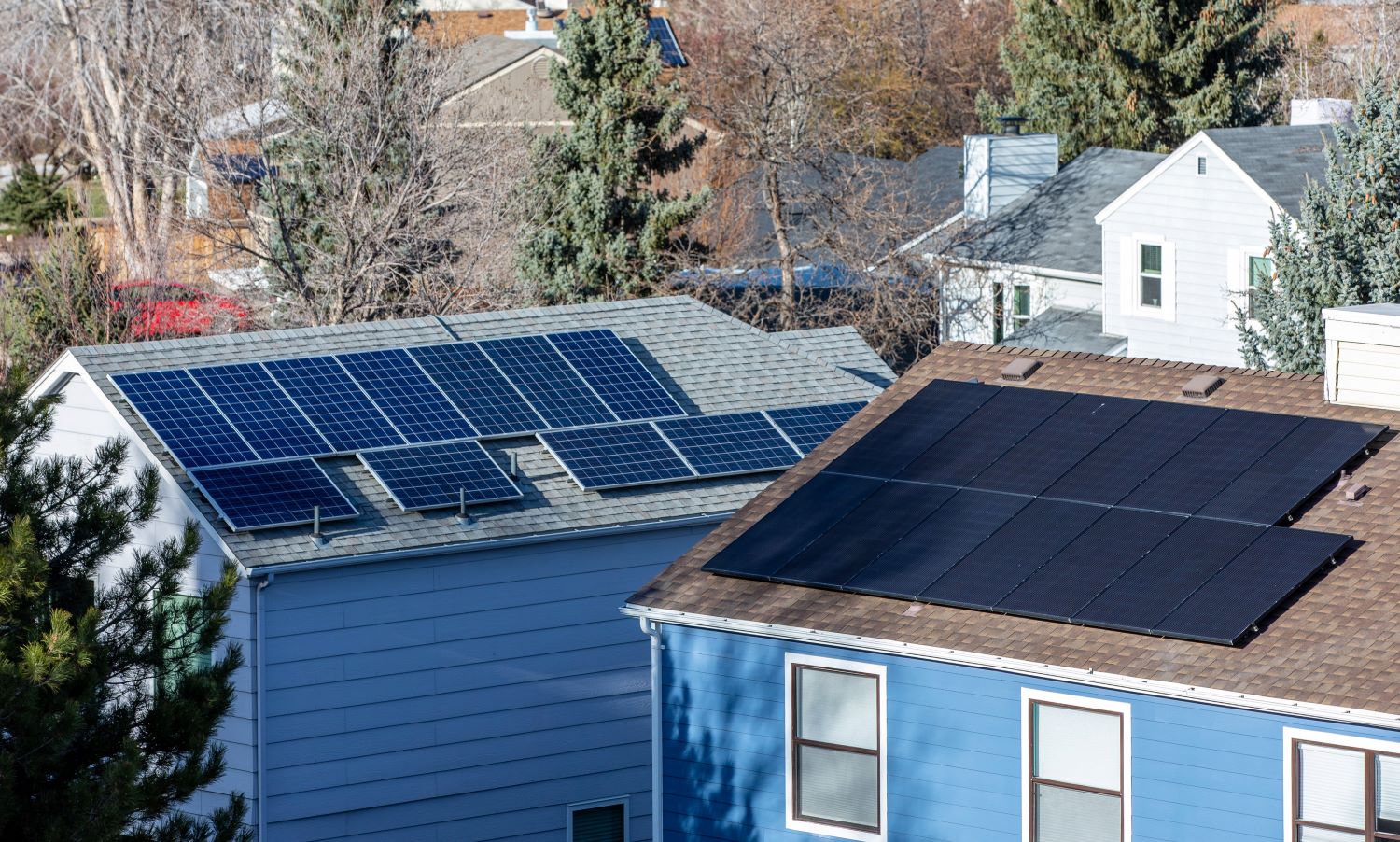
Frontier Group at 25: A clean energy future
Fifteen years ago, a clean energy revolution was just starting to take shape. Frontier Group research helped the public and decision-makers to understand the possibilities, and embrace the promise of a future built on renewable energy.
President Joe Biden has pledged to move the nation toward an electricity system powered by 100% clean energy by 2035.
It’s a necessary target, as time is running out for America and the world to prevent the worst impacts of global warming. It’s an increasingly common target, as seven states have adopted similar clean electricity goals. It’s a goal that we have the power to achieve, as the rapid growth of renewable energy and rapid declines in the price of solar power, wind power, batteries and other clean energy technologies have opened up new possibilities for breaking the nation’s dependence on fossil fuels for electricity.
And just 15 years ago, it would have seemed hopelessly pie-in-the-sky.
Back then, in 2006, my former Frontier Group colleague Travis Madsen co-authored Making Sense of the Coal Rush, documenting the 150 new coal-fired power plants proposed around the United States – plants that, if built, would have wrecked America’s chances of effective climate action.
Yet, if you squinted just a bit, even back then you could see the outlines of a clean energy revolution in the making.
America certainly had no shortage of sun and wind – our renewable energy resources have long been known to have the capacity to power the nation many times over.
The dramatic fall in clean energy prices could also be seen on the horizon. Our 2005 report Bringing Solar to Scale with Environment California Research & Policy Center showed how economies of scale and technological learning resulting from increased deployment of renewables would lead to a “virtuous cycle” of improved technology and falling prices. Soon thereafter, California launched an ambitious program to put solar panels on a million roofs within a decade which, as predicted, helped make solar power a mainstream source of energy.
At the same time, states across the country were setting increasingly ambitious renewable electricity standards – requiring utilities to obtain a rising share of the power they supply from clean sources.
In 2008, just three weeks after the election of Barack Obama to the White House, our energy policy blueprint, Renewing America (published with Environment America Research & Policy Center) reviewed the nation’s renewable energy potential and its nascent progress and challenged the new president and the country to embrace a new level of clean energy ambition.
We wrote:
There is clearly enough renewable energy potential to power America. But can we harness that potential to provide all of our electricity within the foreseeable future? The answer is yes. A combination of wind, solar and geothermal power – with an assist from other renewable energy sources and electricity produced through combined heat-and-power in homes, businesses and industry – could meet America’s energy needs.
We did not believe the argument – common at the time – that America could not survive without ample “baseload” electricity capacity of the kind provided by large coal, gas and nuclear power plants. We envisioned an electricity future in which the nation was less reliant on a large centralized grid, but instead took advantage of opportunities to flexibly manage electricity demand and supply, opening up the ability to take advantage of homegrown energy sources like the sun and the wind.
As renewable energy continued to grow, researchers increasingly turned their attention to determining whether an electric grid – and even an entire economy – powered primarily by renewable energy was possible. Our 2016 report, We Have the Power (recently updated), summarized the increasingly robust literature showing that a grid powered largely or entirely by renewable sources was feasible with currently existing technology – and at a cost that was within the realm of what society could afford.
Soon, advocates and policy-makers across the country began to envision a future energy system without fossil fuels – and started working to make it a reality. Beginning in 2017 in Hawaii, states began to adopt requirements or targets for transitioning to 100% clean or 100% renewable electricity. Frontier Group research – such as Renewables on the Rise, Shining Cities and Offshore Wind for America – lent support to some of those state campaigns, making the case that a future powered by renewable energy isn’t a fantasy for the distant future, but is within our reach.
As I look back on the history of how the once-audacious idea of powering our economy with renewable energy became mainstream, I’m left to wonder what other positive changes are possible but as yet undreamt of. And I find myself happily reminded that what seems impossible today may just be within reach if we open our minds to the possibility and harness our energies to the task of making it real.
Repowering our economy with renewable energy – and doing so in time to prevent the worst impacts of global warming – will still require hard work and raise its share of challenges. But the biggest debates today are not over whether it is theoretically possible to power the nation with clean energy, but rather how best that goal might be achieved. That, in and of itself, is progress.
Topics
Authors
Tony Dutzik
Associate Director and Senior Policy Analyst, Frontier Group
Tony Dutzik is associate director and senior policy analyst with Frontier Group. His research and ideas on climate, energy and transportation policy have helped shape public policy debates across the U.S., and have earned coverage in media outlets from the New York Times to National Public Radio. A former journalist, Tony lives and works in Boston.
Find Out More

The million-mile battery and a clean energy future that’s built to last

Let us now praise rooftop solar: A tale from New England

Automakers could have learned to build EVs. They paid Tesla to do it instead.

